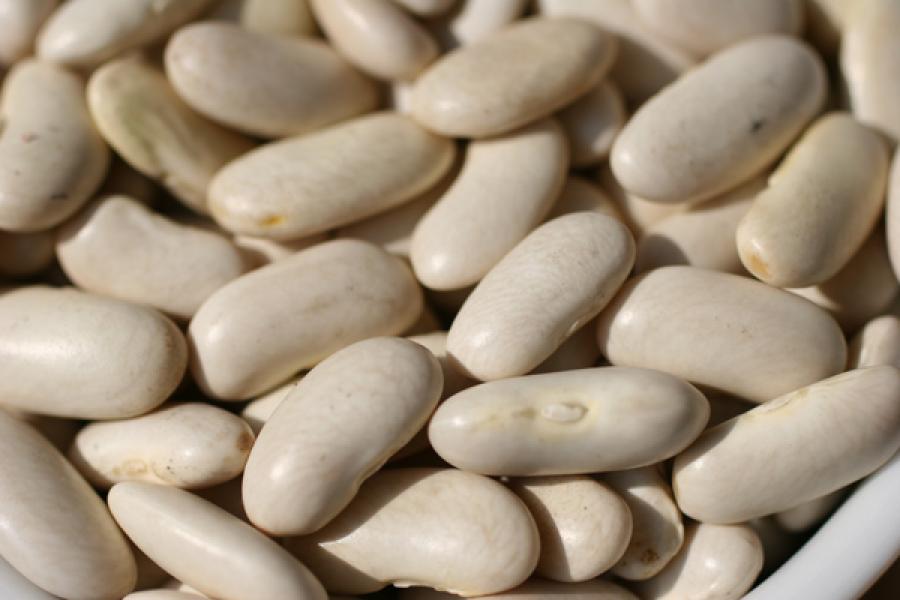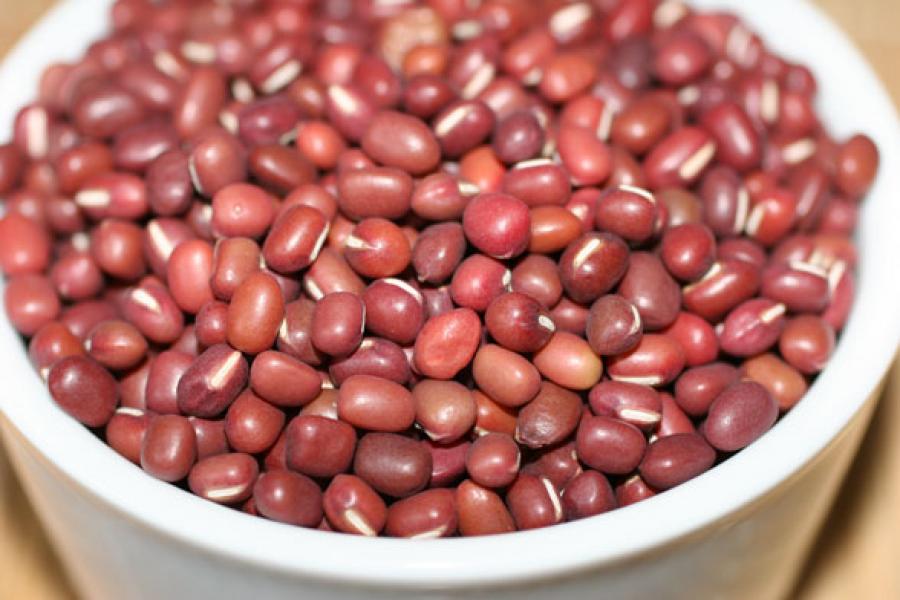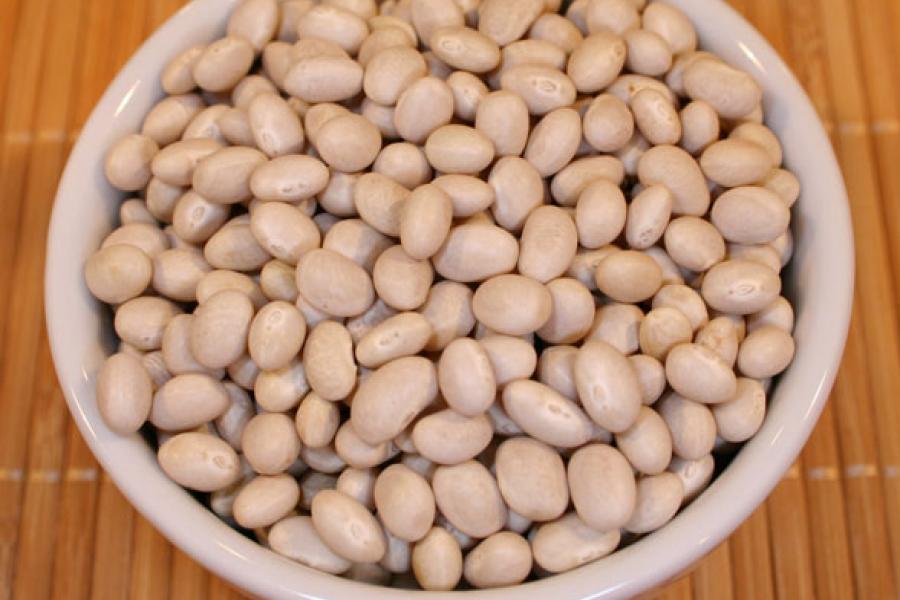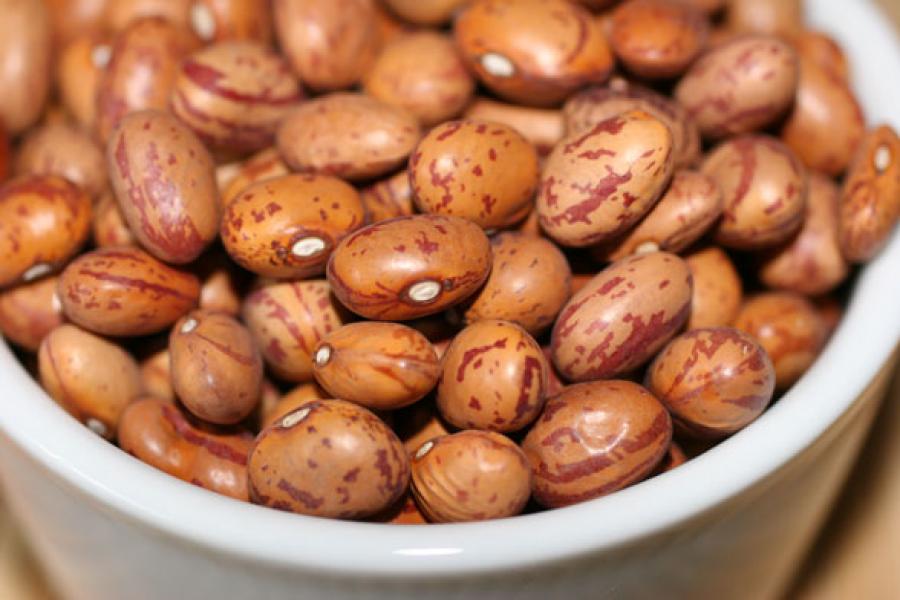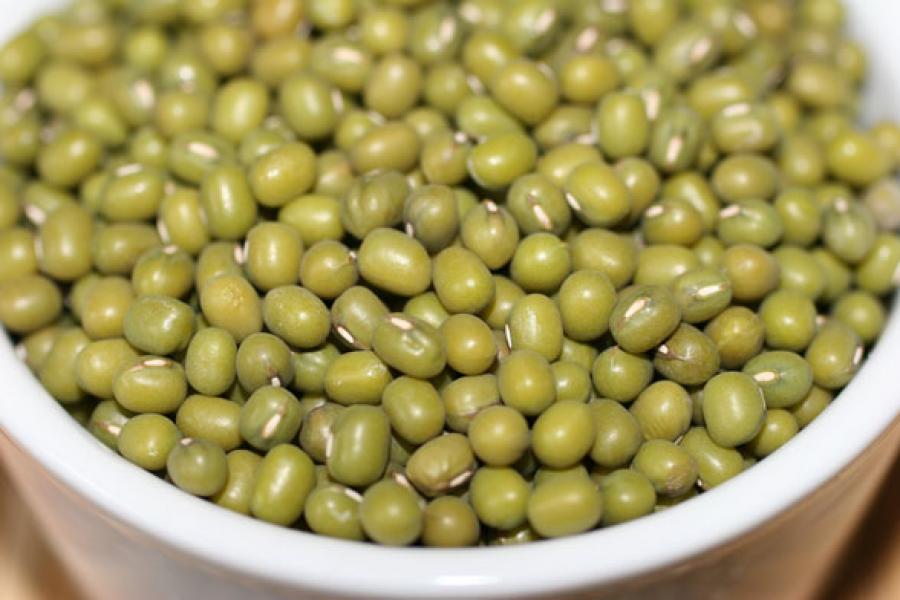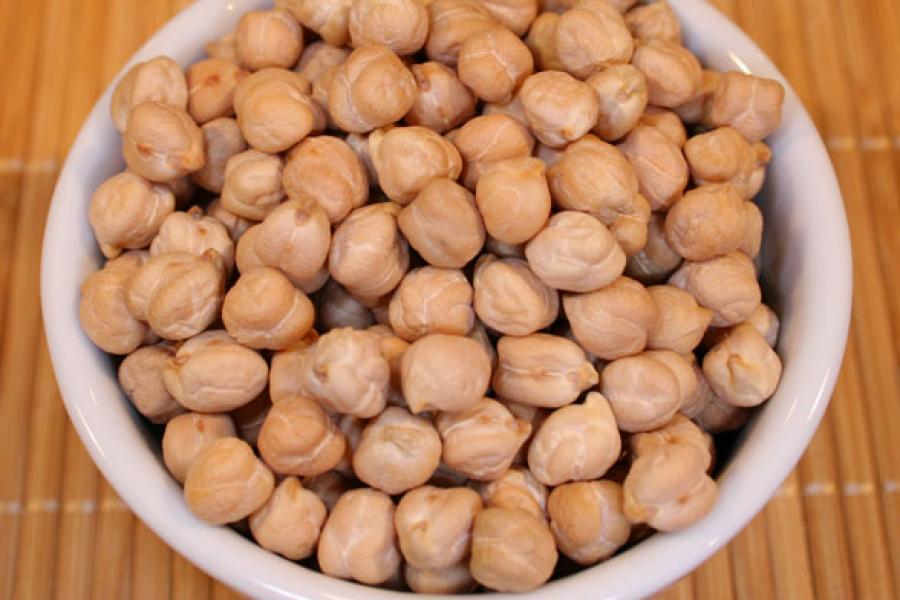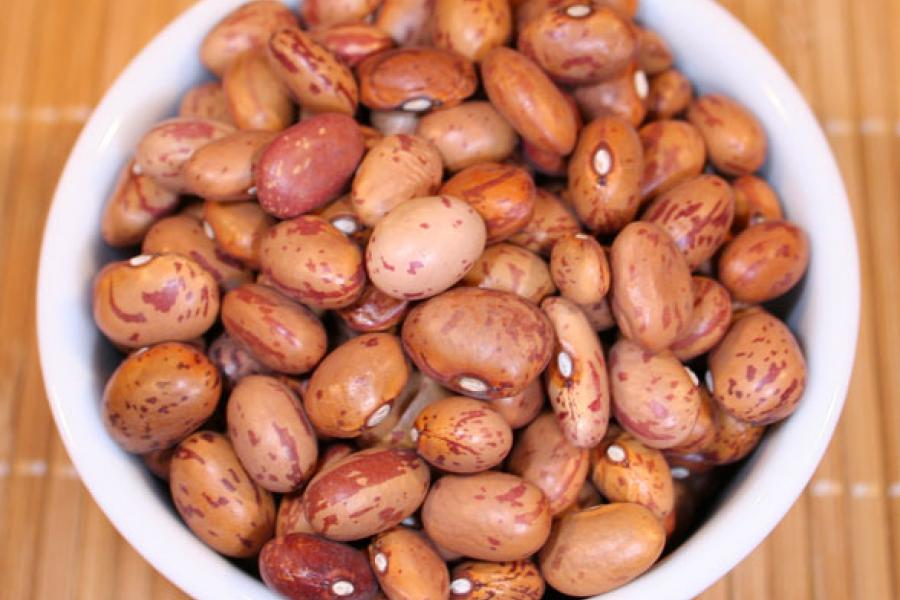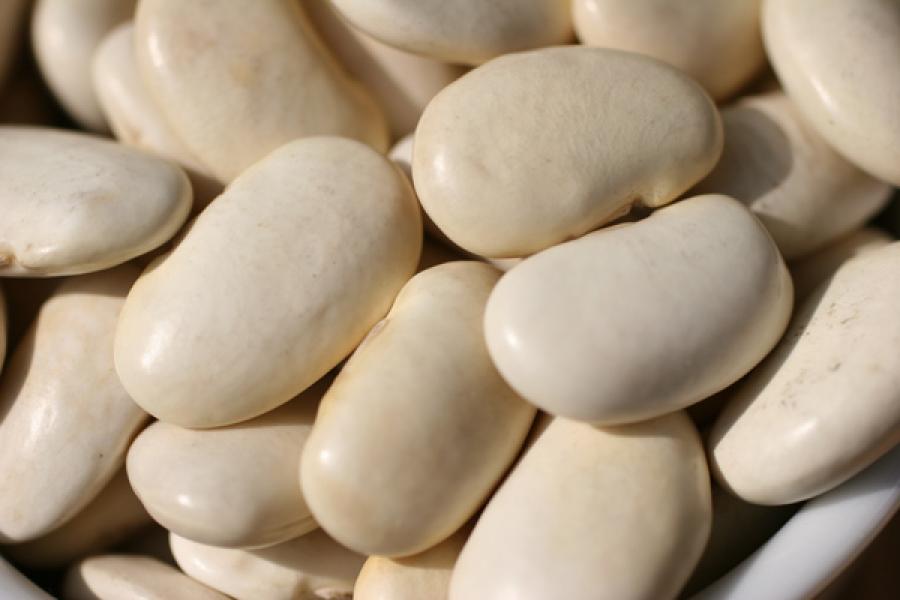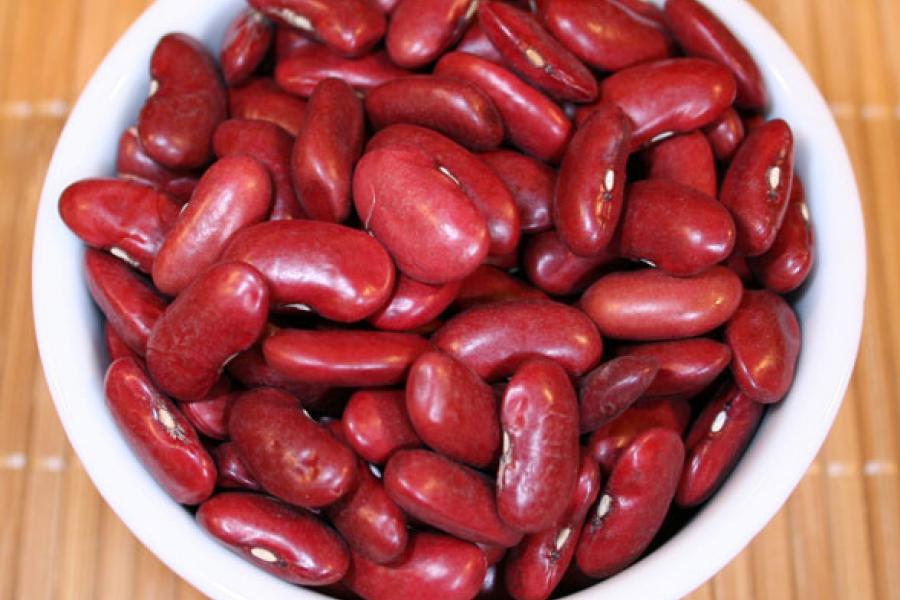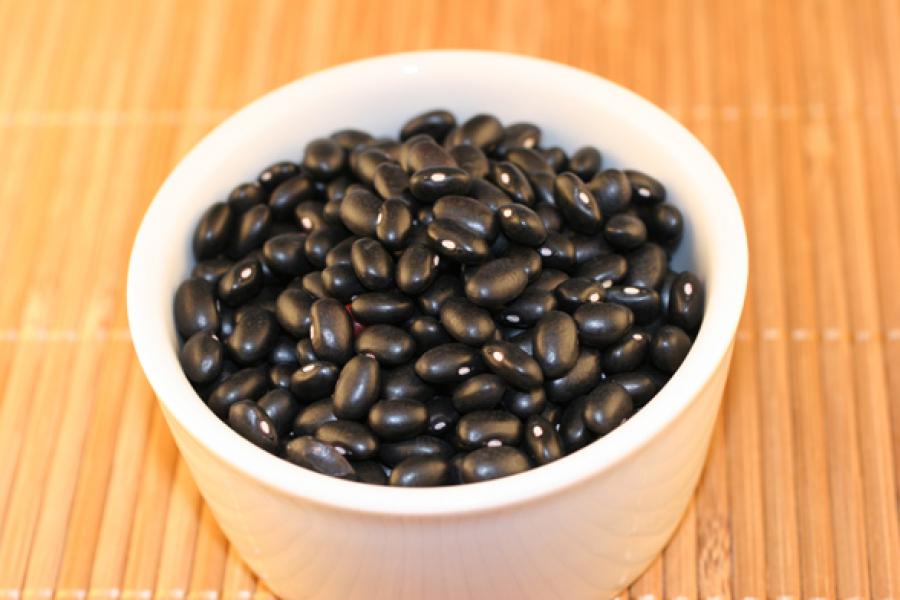Beans and pulses
Cooking beans is good for the budget cook, because are not expensive, and it is good for the gourmet, because there are many varieties.
In spring, young and tender, beans are the perfect vegetable. In winter, when fresh produce is harder to come by, dry beans reign in the kitchen. To choose the best beans, look for smooth surfaces and bright colors and avoid cracked or wrinkled surfaces.
Dried beans will keep for up to 1 year in an airtight container.
How many beans and pulses are there?
There are a lot of varieties. Some of them are well known peas, lentils, haricot beans, white, red kidney, pinto, garbanzo beans or soy - while others are less famous black eyed peas, black beans, aduki or adzuki, mungo or gunga beans.
Types of beans and pulses
Aduki beans - small size, russet color, sweet flavor and firm texture when cooked. Popular in Japanese cuisine.
Bean sprouts - usually sprouted mung beans, or mugo beans. These are considered vegetables more than pulses. Rinse under cold water and strain. Add raw or stir fried to salads and add to Chinese stir fries or noodle dishes, cooke - Cooking: stir fry in hot oil for 1-2 minutes.
Black beans - medium size, oval shape and shiny black color, soft texture and creamy flavor once cooked - Pre-soak: YES - Cooking: cover pre-soaked beans in a pan, cover with water, and simmer for 50-60 minutes.
Black beluga lentils - waxy dark gray to black when dried, shining when cooked and they look very much like caviar. Characterized by a mild flavor, black beluga lentils are famous for holding easily shape and firm texture while having a mild flavor - Pre-soak: NO NEED - Cooking: place in pan, cover with twice their volume in water, simmer for 18-20 minutes.
Black turtle beans - small size, dull black color, firm texture and rich, earthy taste; the bean of choice for many South American dishes, easy to find them, mixed with tomato sauce, on the side of a pork dish - Pre-soak: YES - Cooking: cover pre-soaked beans in a pan, cover with water, and simmer for 40-45 minutes.
Broad beans or fava beans - cook in the pod when young and tender, remove from pod and boil in salted water for 14-20 minutes, if the are fresh but not so young, and remove skin because is tough and not edible. For dried broad or fava beans DO pre-soak and to cook, cover pre-soaked fava beans in a pan, cover with water, and simmer for 2- hours. Skin can be removed once cooked, this is the easiest, or blanche and remove sking before cooking.
Butter (lima) beans - large in size and kidney-shaped, they have a creamy white color and the texture of flour. Butter beans taste sweet - Pre-soak: YES - Cooking: cover pre-soaked beans in a pan, cover with water, and simmer for 1-1 1 1/4 hours. use in stews, soups, or serve boiled with butter.
Garbanzo beans (chickpeas) - rounded shape, similar to hazelnuts; and color from golden orange to creamy light brown. They have a distinctive nutty taste when cooked and a pleasant buttery texture. Good slow cooking casseroles, salads and used for hummus - Pre-soak: YES - Cooking: simmer for 1 1/4 to 1 1/2 hours.
Green lentils - medium size, light green color and a natural vegetable source of iron, these lentils can be stewed, served cooked with rice, or added, once cooked, to stir fried dishes - Pre-soak: NO NEED - Cooking: place in pan, cover with twice their volume in water, simmer for 20-30 minutes.
Haricot or navy beans - with an oval shape, small size, ivory white color these beans have a delicate taste once cooked. Better when cooked slowly, so they are ideal for casseroles such as the French cassoulet or the North American baked beans, as they are cooked with bacon, molasses and tomato sauce. Pre-soak: YES Cooking: simmer for 1 1/4 to 1 1/2 hours. When young, these beans are known as the slender and usually stringless French beans or green beans, and cooked by trimming the ends and boiled in salted water for 15-20 minutes, or steamed until tender.
Pardina lentils - small size, rounded shape, gray-brown in color, these lentils have a sweet flavor closer to that of peas or green beans than to the other dried lentils. They easily soak up flavors this characteristic makes them ideal to be prepared on their own with herbs - Pre-soak: NO NEED - Cooking: place in pan, cover with twice their volume in water, simmer for 18-20 minutes.
Pinto beans - medium size, light brown in color with dark brown to red spots and a grainy texture. They are very tasty - Pre-soak: YES - Cooking: simmer for 1 to 1 1/4 hours.
Puy lentils small size, dark green color, and a rounded shape, Puy lentils grow in the volcanic soil of the Puy region, in France. They have a distinctive piquant taste, natural country aroma and firm texture once cooked - Pre-soak: NO NEED - Cooking: place in pan, cover with twice their volume in water, simmer for 18-20 minutes.
Red kidney beans - large sized, kidney shaped and dark brown color with a hint of red., and, once cooked, despite their tough skins, they have a soft, creamy texture. They bean of choice for chilli con carne - Pre-soak: YES, better overnight - Cooking: simmer for 1 to 1 1/4 hours.
Runner beans or Kentucky wonder beans - medium sized and beige color with red streaks. The pod is stringless and edible when the beans are young, just trim the ends, slice thinly and cook, as you would French or green beans, by boiling or steaming. Dried, they can be used in the same way as pinto beans - Pre-soak: YES, better overnight - Cooking: simmer for 1 to 1 1/4 hours.
Soy beans - medium to small in size, white or green (mungo) in color. They cook to a protein rich soup or side dish. Soy beans are the source of soy milk or tofu - Pre-soak: YES, better overnight - Cooking: simmer for 2-3 hours.
Umbria lentils - tiny size, their color varies from light green to light brown, and grow, as the name suggests in the Umbria region, in Italy; the lentil of choice for Mediterranean casseroles - Pre-soak: NO NEED - Cooking: place in pan, cover with twice their volume in water, simmer for 20-30 minutes.
Soaking and cooking beans
Soak completely for 6-8 hours, preferably overnight, in 2-3 times their volume of water, and drain, rinse with running water, and drain again before cooking.
Rinse bean that not need pre-soaking thoroughly. Beans cooked from dry will need much more water, approximately 3 times their volume in water, or the preferred cooking liquid.
Quick soak: If beans haven't been soaked for 8 hours, bring to a boil and simmer for 2 minutes, then cover and let stand for 1 hour. Cook as you would cook soaked beans.
Place pre-soaked beans in a pan, cover with water, bring to the boil and simmer for the recommended time, 1-2 hours, or until done. The times given are only a reference. The cooking time will vary depending on the size of the beans, quality of the water, even atmospheric pressure. If the day is not good and pressure low, the beans may take 10-15 minutes more to cook.
1 cup dried beans will yield over 2 cups cooked.
If using dried beans is too time consuming, there are plenty of canned varieties. Simply skip the soaking process, rinse and drain the beans well, then proceed with the recipe as usual, cutting down on the total cooking time.

